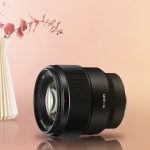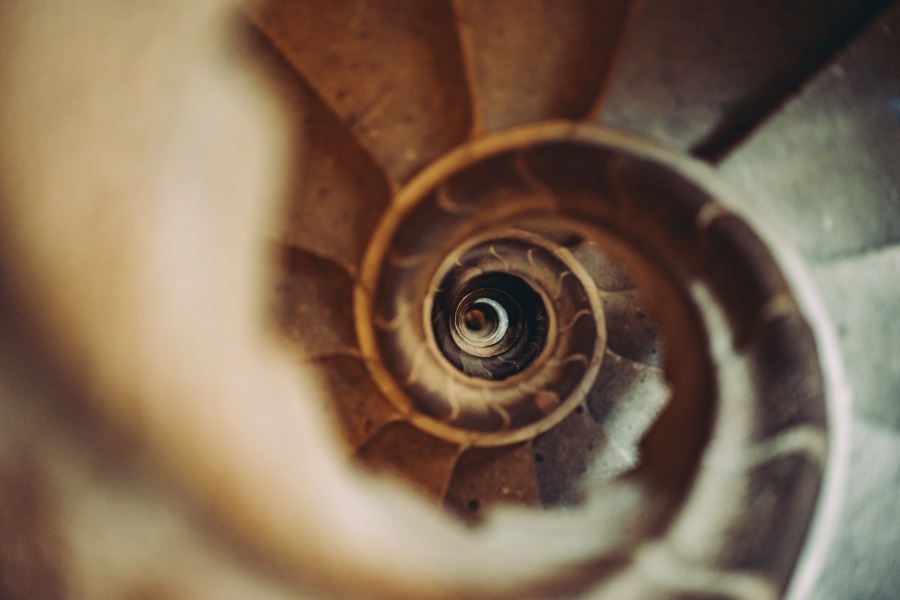
You may have heard many different definitions regarding almost everything in the world of photography and get confused every time you hear about anything. Well, what if I say that math has done its job and entered this “world”? A bit shocked, I guess!
Some of you may have some information about the rule of thirds and the leading lines in photography, but there’s also something else that has to do with math taking over photography! It is the Golden Ratio!
“What is the golden ratio in photography?; How does the golden ratio work?; How is the golden ratio measured?” You will be able to answer these questions and many more in this article that I prepared for you.
Without further ado, I would like to go directly to the topic and mention some of the most important things! Let’s get started!
What is the Golden Ratio in Photography?
The Golden Ratio in photography is one of the most powerful composition tools that has been used for centuries. It is basically the division or the proportion of a picture, and it is brought amazingly.
There are many names that people use to refer to the golden ratio. For example:
- Golden Mean
- Golden Section
- Divine Proportion
The three names mentioned above, refer to only one thing, and that is the Golden Ratio.
In other words, in order to completely figure out, what the golden ratio is: It is The Perfect Illustration of Beauty! It helps you capture a way better picture from the one that is in your head.
Math Definition: The golden ratio is one of the most special divisions in Math. It is considered a special ratio that creates a proportion based on any illustration. The symbol with which we measure the golden ratio is the greek letter phi – ϕ.
In the picture down below you will see the formula of the golden ratio

How to Find Golden Ratio?
The Golden Ratio is not golden if you don’t use one way or more to measure it, and basically make it “golden”. Since it is a bit linked to mathematics, there will sure be numbers and formulas, but still, there are two ways on creating or measure the best golden ratio. They are:
Phi Grid/Golden Ratio Grid
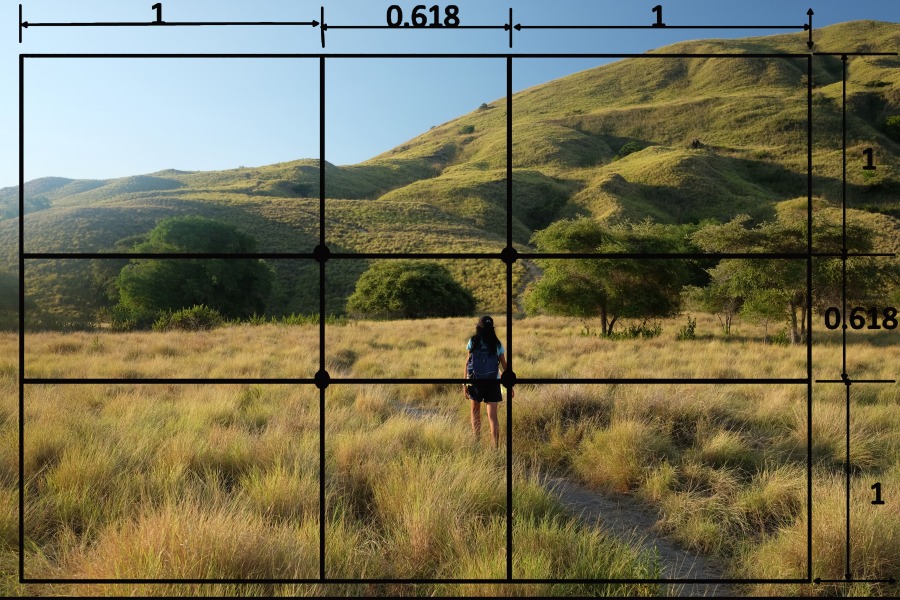
Some of you may have heard about the Rule of Thirds. In that “rule” the picture is divided into nine “boxes” or pieces, and all of them have the same sizes. They have a ratio of 1:1.
The Phi Grid or also known as the golden ratio grid is somehow similar and different at the same time. When using the golden ratio grid, the picture will be divided into nine pieces, but those pieces have a ratio of 1:0.618:1. It means that the three pieces that are in the center of the picture have a 1:1 ratio, while the other six pieces left, on the sides of the picture, have a ratio of 1:0.618.
Fibonacci Spiral/Golden Spiral
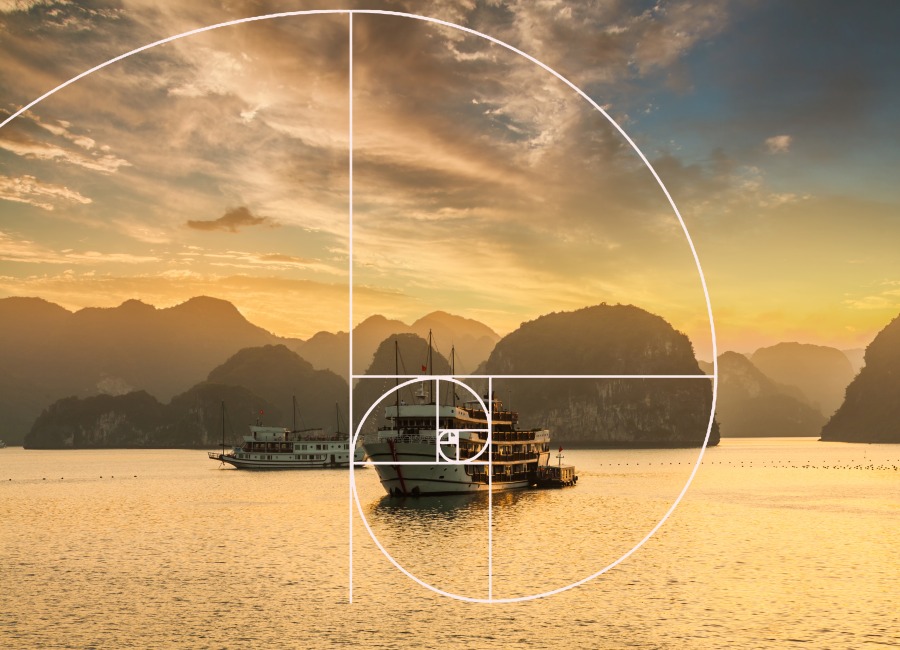
The Fibonacci Spiral or otherwise known as the golden ratio spiral is a sequence, that is completely related to Math. The measurements of the picture, in this case, are done via Fibonacci numbers.
Every square is measured, by Fibonacci numbers. It goes like this:
0,1,1,2,3,5,8,13…
How to understand the golden spiral?
0+1=1, 1+1=2, 2+1=3 and it goes on and on until we get to the final number, which should be 1.618 or at least to be close to 1.618. If you follow this rule, you can be more than sure that the golden ratio is on your picture.
In simpler words, the Golden ratio spiral is a curve that is drawn on a picture. It starts from the sides and it is rounder when it comes to the main point of the picture. In some pictures, the Fibonacci spiral is dedicated to the main point of the photograph, for example to the subject. But still, in some pictures, there may not be a subject (landscape) and the golden spiral shows only the proportion of that particular picture.
Golden Ratio in Nature

Nature is very pleasing in itself, and when we find any natural proportion it becomes way more beautiful and way better. People always say that nature in general has its own proportions and it never fails to amuse us with its specialties.
There are always sayings that the universe and the math are deeply linked to each other and since the Fibonacci sequence, spirals, and grids appear practically everywhere, there are some amazing objects in nature where the golden ratio may be found.
Some of the most common things in which we find the golden ratio in nature are the flowers, shells, waves, fruits, vegetables, spiderwebs, and even galaxies. But how do they appear like that? Let me tell you a little bit more!
In flowers, we have petals that go from 3,5,8,13 up to 55. It tells basically the rule with which the golden ratio works. This rule is also found in different fruits and vegetables. When it comes to shells, they are the most basic objects that show the golden ratio, and also I would like to mention the seed of sunflowers. They twist in opposing spirals of Fibonacci numbers.
That being said, the golden ratio is one of the things that is seen everywhere you move! Even though it is more a formula than a perspective and a proportion, some people have a deep belief that the golden ratio is really sacred.

Golden Ratio vs Rule of Thirds
In this section, I would like to tell you some of the most important rules in photography. That includes the golden ratio which I mentioned above and the rule of thirds. A thing that should be mentioned is that even though they somehow look similar. There exists a “battle” between them. Let’s see more!
The rule of thirds is one of the most commonly used rules in photography. Not only! It is also the easiest rule to be followed. Meanwhile, the golden ratio is used by many but it is not the easiest to be used.
There is not one of the best when comparing them both, but still, the golden ratio seems to be more used in the photography field! Many photographers all around the world use this type of “composition tool”, and it really helps them capture better images and bring amazing works to the audience.
These two rules are not used only in photography but in all visual arts.
Just as mentioned, these rules are almost everywhere! What deserves to be mentioned is that it can be considered historical since it comes from many years ago. It is said by many artists that the golden ratio was even used in the picture of the Mona Lisa and also the amazing work of art The Last Supper.
FAQ About the Golden Ratio
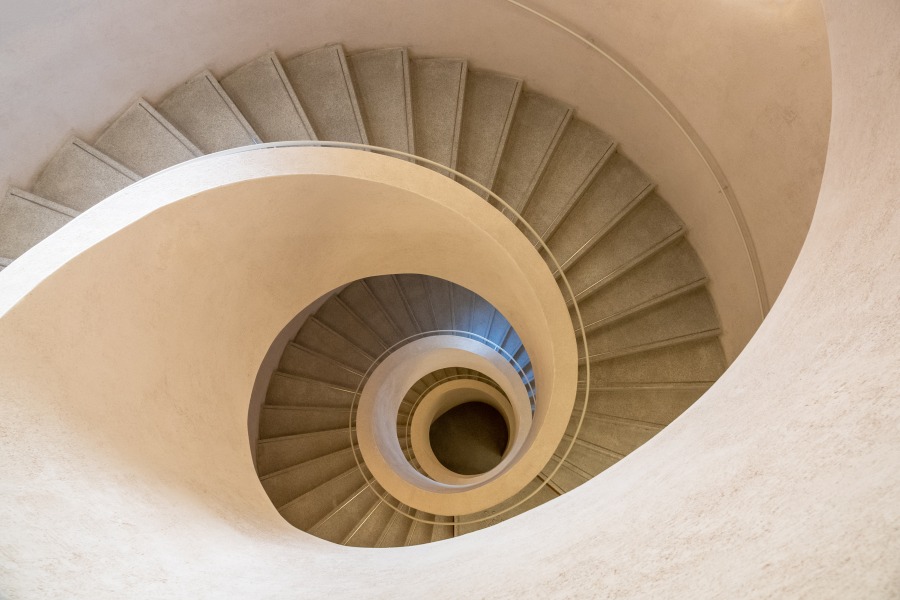
Why is the golden ratio important in photography?
Above in the article, I mentioned that the golden ratio is also known as the perfect illustration of beauty. Well, in photography when used, the golden ratio brings the most perfect scene ever captured, it is perfectly measured, perfectly taken, and everything stands in its place perfectly fine. It is a perfect picture.
What does the 1.618 stand for?
The 1.618 is one of the most important things about the golden ratio. It is used to define the widths and the height of the views. As mentioned above, if the number is 1.618 or at least close to it, the proportion of the picture is fine enough to own a golden ratio.
When and who discovered the golden ratio?
The golden ratio goes way back in time along with mathematics. However, when it comes to the field of photography, the golden ratio was discovered and firstly used by Leonardo Pisano Bigollo (Fibonacci). The Fibonacci Spiral that I mentioned above, which is a big help during the golden ratio, was named after him.
Does the golden ratio work fine with any picture?
It is interesting enough to see how the golden ratio works. However, it doesn’t mean that it will work with any picture that you may own. Every picture needs its own adjustments and every picture requires them. For example, some are symmetrical and you can not use the golden ratio. But, when you see that it works, don’t be scared to use it.
Concluding Remarks
Here we came at the end of this article. I know that for someone it may be a bit confusing, I tried to mention some of the most important things that should be known regarding the golden ratio photography in general.
It is funny considering that the golden ratio has a place in everybody’s brain. When we look at a picture or when we just find ourselves in a magnificent place, it is our brain that does the job. It is fully in charge of the way of proportion and the regulation of things. The brain is our golden ratio. It does the proportion itself in order to bring the best to us.
The golden ratio is one of the most interesting features, and one of the most important things, that should be known by any photographer.
Given that it is one of the best composition techniques available, consider using the golden ratio composition technique in your upcoming shoot.
There is literally nothing left to say, besides having fun while using the golden ratio in your pictures!

Wedding Photographer
From nature to urban landscapes, my camera is my tool for expressing my creativity and telling stories through my lens.
